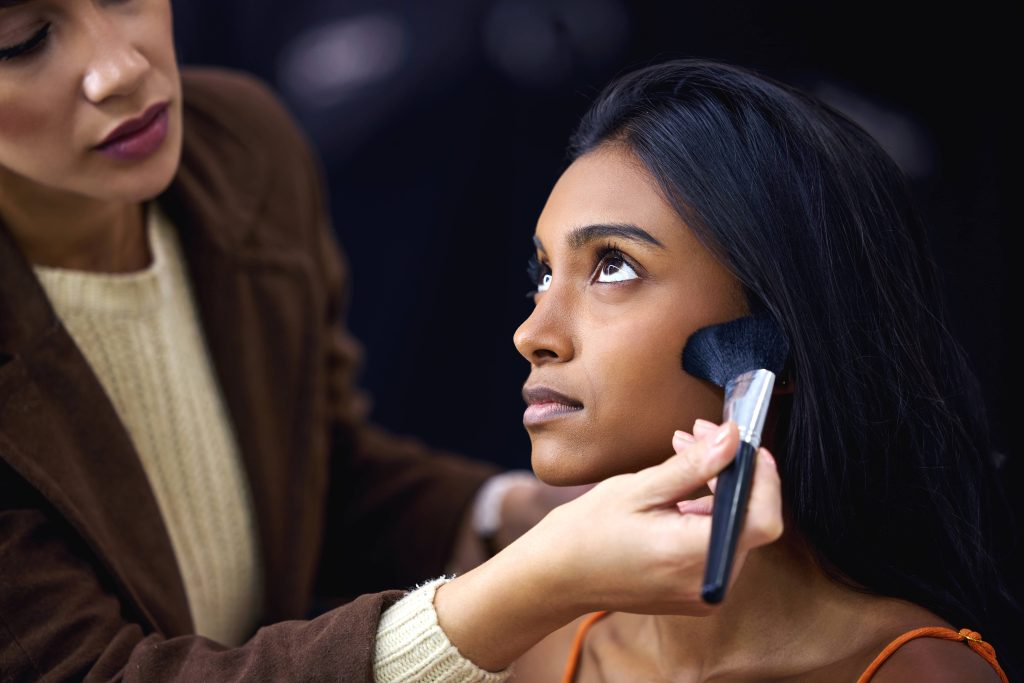
In recent years, the beauty industry has made significant strides in promoting inclusivity. From expanding foundation shade ranges to featuring diverse models, beauty brands are gradually embracing the mantra that beauty comes in all shapes, sizes, and colors. Yet, there is another frontier that requires attention: creating adaptive beauty products that cater to individuals with disabilities. This sector of the beauty industry holds immense potential, and embracing it can lead to a more inclusive world where every person, regardless of ability, can engage with beauty on their own terms.
The global conversation surrounding inclusivity is evolving, and now is the time for beauty brands to consider how they can better serve individuals with varying abilities. The value of adaptive beauty products extends beyond mere practicality; it is about empowerment, self-expression, and fostering independence. This exploration of adaptive beauty aims to shed light on why inclusivity in beauty products is essential, the current innovations happening in this space, and what the future holds.
Understanding the Need for Adaptive Beauty
When we talk about inclusivity, it is crucial to remember that disabilities come in various forms—physical, cognitive, and sensory. These differences mean that many traditional beauty products, while effective, may not be universally accessible. For instance, individuals with limited hand mobility might find it challenging to open a traditional mascara tube, while those with visual impairments could struggle with the precise application of eyeliner.
Beauty is a form of self-expression, and just like anyone else, people with disabilities deserve the opportunity to experience and experiment with it. The inability to use certain products can be disheartening and may lead to feelings of exclusion. By designing adaptive products, beauty brands can ensure that everyone has access to the tools they need to express themselves authentically.
Innovations in Adaptive Beauty
Several forward-thinking brands and entrepreneurs are already paving the way toward a more inclusive beauty industry. These innovations aim to make beauty routines simpler, more intuitive, and accessible for all:
1. Packaging Improvements: One of the simplest yet most effective ways to make beauty products more accessible is through user-friendly packaging. Features such as easy-grip handles, magnetic closures, and larger applicators can make a significant difference for those with limited dexterity. Brands like L’Oréal and Guide Beauty have introduced products with ergonomic designs, benefiting individuals with arthritis or other mobility issues.
2. Braille and Tactile Markings: For individuals with visual impairments, traditional product labels offer little assistance. Implementing Braille on packaging, as L’Occitane has done for years, is a commendable step. Tactile markings and large-print labels can further aid those with partial sight loss.
3. Voice-Activated Technology: Leveraging technology continues to be a promising avenue for creating accessible beauty products. Innovations such as voice-activated makeup applications can revolutionize how individuals with disabilities engage with beauty. Imagine being able to control a makeup brush or hair straightener through simple verbal commands—this is not far from becoming a reality.
4. Adaptive Brushes and Tools: Brushes, applicators, and other beauty tools can also be adapted for easier use. Some brands are engineering flexible handles or adjustable angles to give users more control during application. These thoughtful designs bridge the gap between function and ease of use.
5. Tutorials and Community Engagement: Accessibility is not solely about the products themselves but also about knowledge. Offering tutorials that consider various abilities, or creating content in accessible formats, such as videos with audio descriptions or step-by-step guides, empowers users to make informed decisions.
Beyond Products: A Holistic Approach
Creating adaptive beauty products is only one piece of the inclusion puzzle. For a truly inclusive beauty industry, there needs to be a wider cultural shift. This includes consistent representation of individuals with disabilities in beauty campaigns, encouraging diverse voices within the industry, and prioritizing accessibility in physical retail spaces and online platforms.
Beauty brands can collaborate with individuals with disabilities to understand their specific needs, conducting thorough market research to develop products that meet real-world demands. Engaging this community can result in groundbreaking ideas and organic brand loyalty—an invaluable asset for any forward-thinking brand.
The Future of Adaptive Beauty
As inclusivity becomes more ingrained in the fabric of the beauty industry, the future of adaptive beauty appears bright and promising. However, ongoing effort is required to ensure that these inclusive practices become the norm rather than the exception. By continually innovating and listening to the diverse voices within the community, we can create a beauty industry that is truly accessible to all.
Conversations around beauty should not only elevate the industry’s aesthetic values but should also celebrate and accommodate the diverse spectrum of abilities. Adaptive beauty is more than a trend; it’s a commitment to understanding and embracing the needs of all individuals.
In closing, the journey toward a more inclusive beauty industry is ongoing, but with dedication and innovation, adaptive beauty can unlock a world of possibilities. By focusing on developing products that meet the needs of everyone, we create an environment where beauty is genuinely without barriers. It’s time for the beauty industry to redefine inclusivity and lead by example—ensuring that beauty is indeed for everybody and every body.



